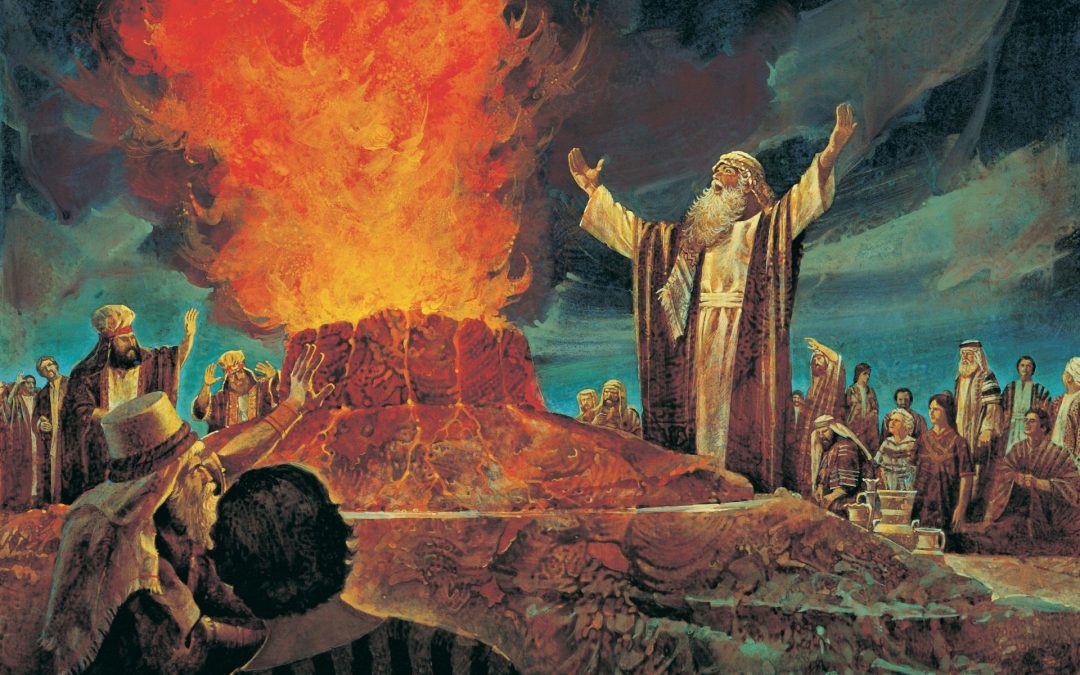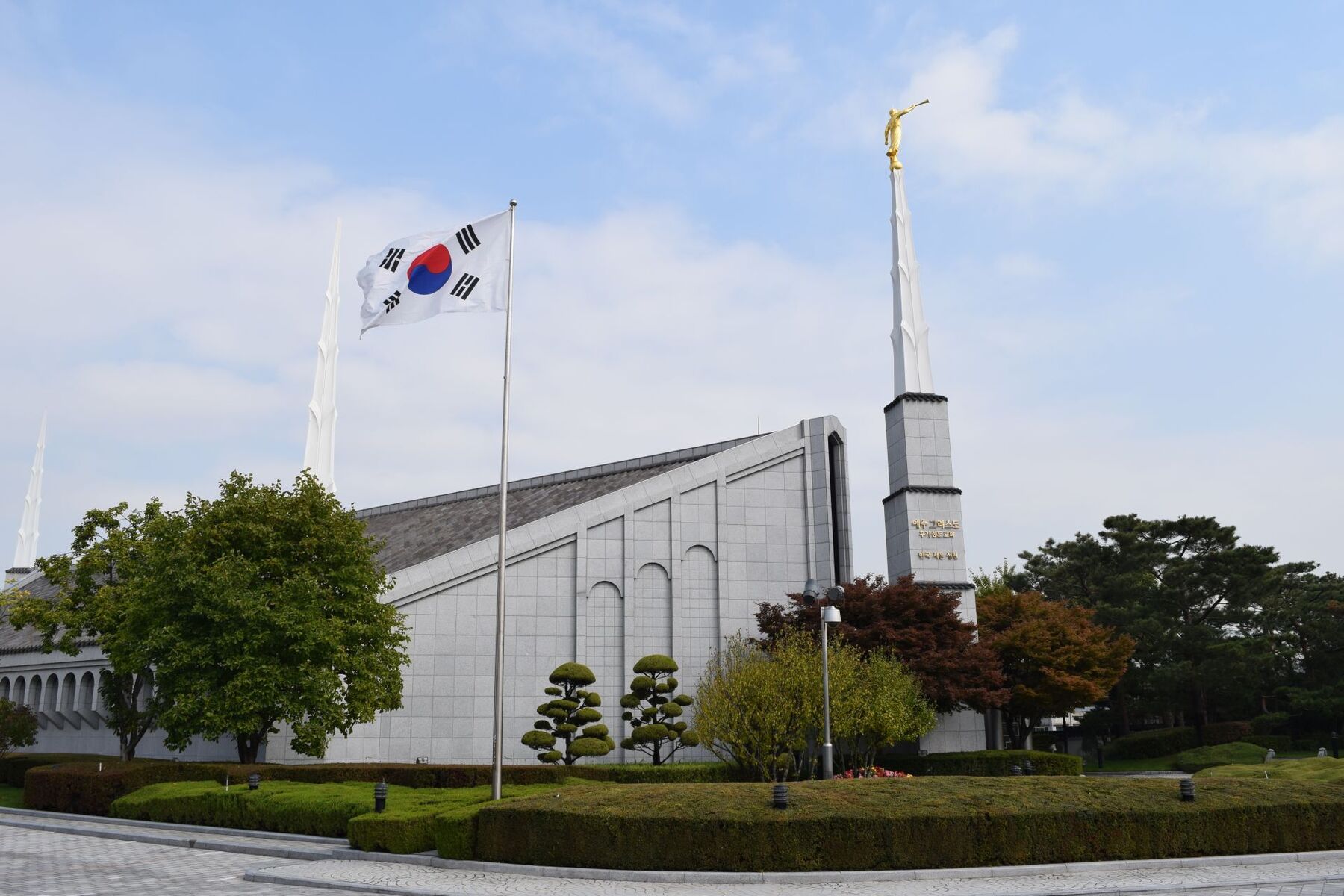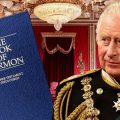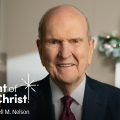In the wake of President Russell M. Nelson’s death, members of The Church of Jesus Christ of Latter-day Saints are preparing for what leaders and observers describe as one of the most seamless transitions of power in global religious life. The process, known within the faith as “prophetic succession,” is steeped in both divine revelation and institutional order, designed to ensure continuity in Church governance that spans nearly two centuries.
According to long-established Church procedure, the death of a prophet automatically dissolves the First Presidency—the governing body composed of the prophet and his two counselors. Leadership then returns to the Quorum of the Twelve Apostles, the second-highest governing body of the Church. The senior member of that quorum, determined by length of continuous service rather than age, presides over the group and is next in line to become the prophet and President of the Church.
That senior apostle is currently President Dallin H. Oaks, who has served in the Quorum since 1984. In the coming days, the apostles are expected to meet in the Salt Lake Temple to seek divine confirmation that he is to assume the role of prophet—a process that Church members believe is directed by revelation from God rather than by human vote or campaigning. Once confirmed, the new prophet will prayerfully select two counselors from among the remaining apostles to form a new First Presidency, restoring the Church’s highest leadership council.
The new prophet is then formally “set apart,” or ordained, by the Quorum of the Twelve through priesthood authority, a sacred rite that traces its origins to biblical times. His name will later be presented to the worldwide membership during the Church’s next general conference for a sustaining vote, symbolizing unity and support among its more than 17 million adherents.
Since its founding in 1830, The Church of Jesus Christ of Latter-day Saints has experienced 17 prophetic transitions, beginning with Joseph Smith and continuing through Brigham Young, Gordon B. Hinckley, Thomas S. Monson, and most recently, Russell M. Nelson. Each succession has followed the same orderly pattern—an approach that Church leaders say reflects both divine guidance and organizational wisdom.
For Latter-day Saints, the process is more than administrative. It represents their belief that God continues to speak through living prophets, offering direction for modern times just as He did in ancient scripture. “It’s not a vote of popularity or politics,” said one Church member outside the Salt Lake Temple on Friday. “It’s about faith that the Lord has already chosen who will lead us next.”
President Nelson, a world-renowned heart surgeon turned spiritual leader, guided the Church through a period of remarkable global growth and modernization during his seven-year presidency. His death marks the end of an era but, within the faith, also signals a continuation of divine order—a system that promises, as leaders often affirm, that “the Church is in the Lord’s hands.”
Latest posts by Moroni Channel News (see all)
- Man organizes “brotherhood meals” in Utah Costco to support men’s mental health - November 29, 2025
- 70 Flights, Best Thesis, Latin Honour: Meet the YSA who Mastered the World - November 29, 2025
- Stranger Things Mentions “Mormons” Again in Season 5 - November 29, 2025
- Church of Jesus Christ donate 6,600 pounds of kimchi to Korean families and welfare centers - November 29, 2025





